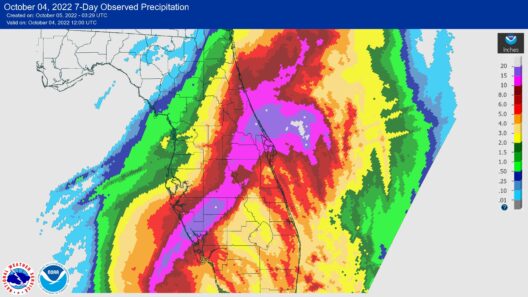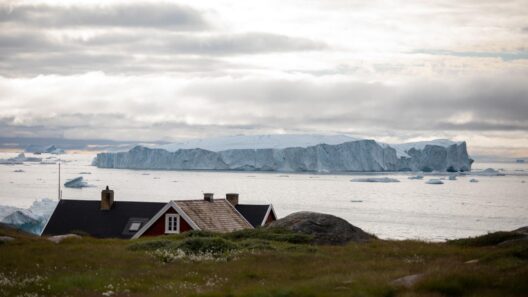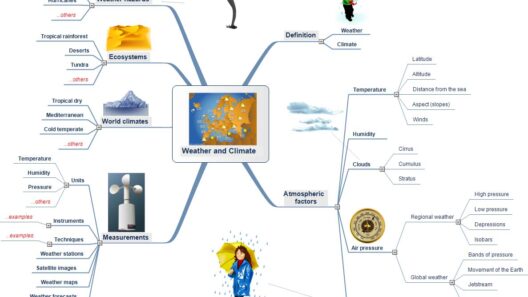The climate of Europe is a captivating mosaic, intricately woven with a tapestry of diverse zones, each possessing distinct characteristics that influence not only the environment but also local cultures, economies, and lifestyles. Understanding these climate zones is pivotal, as they underscore the unique relationship between meteorological phenomena and the inhabitants of the continent. This exploration reveals how factors like latitude, topography, and proximity to large bodies of water collectively cultivate the climatic diversity that is emblematic of Europe.
Europe’s climate can predominantly be categorized into several primary zones: the maritime, continental, Mediterranean, and polar climate zones. Each of these zones is defined by an array of variables, including temperature, precipitation patterns, and seasonal fluctuations.
Beginning with the maritime climate, it predominantly envelops the western coasts of Europe, heavily influenced by the Atlantic Ocean. This oceanic expanse moderates temperature extremes, resulting in mild winters and cooler summers. Regions such as the United Kingdom, Ireland, and the western fringes of France exhibit this climate attributes, characterized by persistent rainfall throughout the year and lush vegetation. The precipitation is uniformly distributed, fostering a vibrant ecosystem teeming with diverse flora and fauna. However, the high levels of humidity and variable weather can pose challenges for agricultural practices, necessitating a resilient approach by local farmers.
In stark contrast lies the continental climate, which manifests in the eastern portions of the continent. The countries of Germany, Poland, and Hungary exemplify this zone, where temperature variations are more pronounced. Winters can be biting and long, while summers are often sweltering, creating a stark dichotomy within the seasons. This climate type is also marked by significant precipitation, although it tends to be more concentrated in the summer. As a result, the agricultural yield in this region is heavily reliant on these seasonal rains, which, if inconsistent, can jeopardize food security.
The Mediterranean climate can be found along the southern shores of Europe, including countries like Spain, Italy, and Greece. This climatic zone is characterized by hot, dry summers and mild, wet winters, conducive to producing an array of crops, including olives, grapes, and citrus fruits. The unique weather patterns seen here are primarily driven by the Mediterranean Sea, which influences both humidity and temperature. The scarcity of rainfall during the summer months is a critical factor, prompting adaptations in both agriculture and water management practices. Local customs and culinary arts are deeply intertwined with these climatic conditions, forging a strong identity that showcases regional produce.
Another critical climactic feature of Europe is the subarctic and polar climate, which is predominantly evident in the northern reaches of Scandinavia. Regions such as Norway, Sweden, and Finland experience long, frigid winters that can last beyond six months, with minimal sunlight, while summers are notably short but can be warm. These conditions create a unique environment where phenomena like the Northern Lights can be witnessed, drawing visitors and researchers alike. The challenges posed by these extreme conditions necessitate innovative solutions, whether in housing, infrastructure, or local practices that ensure the survival of both human and wildlife populations.
Furthermore, the climate within Europe is increasingly influenced by anthropogenic factors, leading to dramatic shifts in weather patterns and exacerbating existing climatic conditions. Climate change is rendering traditional climatic knowledge obsolete in many areas, presenting both physical and socio-economic challenges. For example, the Mediterranean region, already burdened by water scarcity, faces intensified droughts and heatwaves, which threaten to alter agricultural landscapes and impact local economies. The rising sea levels pose an existential threat to low-lying coastal communities, illustrating the urgent need to address the underlying causes of climate change through collective action and policy reform.
As we delve deeper into the climate realities of Europe, it becomes evident that each climate zone is interlinked, creating an overarching framework of ecological and environmental interdependencies. Understanding these dynamics is crucial for those seeking solutions to combat climate change. The adaptability of the natural world against the backdrop of human influence is a tale that is still being written. Local initiatives showcasing renewable energy, sustainable agricultural practices, and innovative urban planning are just a few examples of proactive responses to the pressing climate crisis.
Ultimately, the exploration of Europe’s diverse climatic zones offers not only an educational insight into our planet’s variability but also a clarion call to action. Every region—be it a sun-drenched Mediterranean hillside or a frostbitten Scandinavian terrain—beckons for both understanding and stewardship. The responsibility to safeguard these climates necessitates a conscious effort by individuals, communities, and nations alike. In recognizing the intricate connections between our environments, we can cultivate a deeper respect for the natural world and foster a resilient future amid the specter of climate change.
In conclusion, comprehending the nuances of Europe’s climate can reshape our perception of environmental stewardship and influence actionable strategies tailored to mitigate the impacts of climate change. This journey through climate zones not only enriches our knowledge but empowers us to become advocates for a more sustainable and harmonious existence with the planet. As the realities of climate change loom over us, it serves as an opportunity to rethink our relationship with nature, ensuring that the diverse climates of Europe continue to thrive for generations to come.







